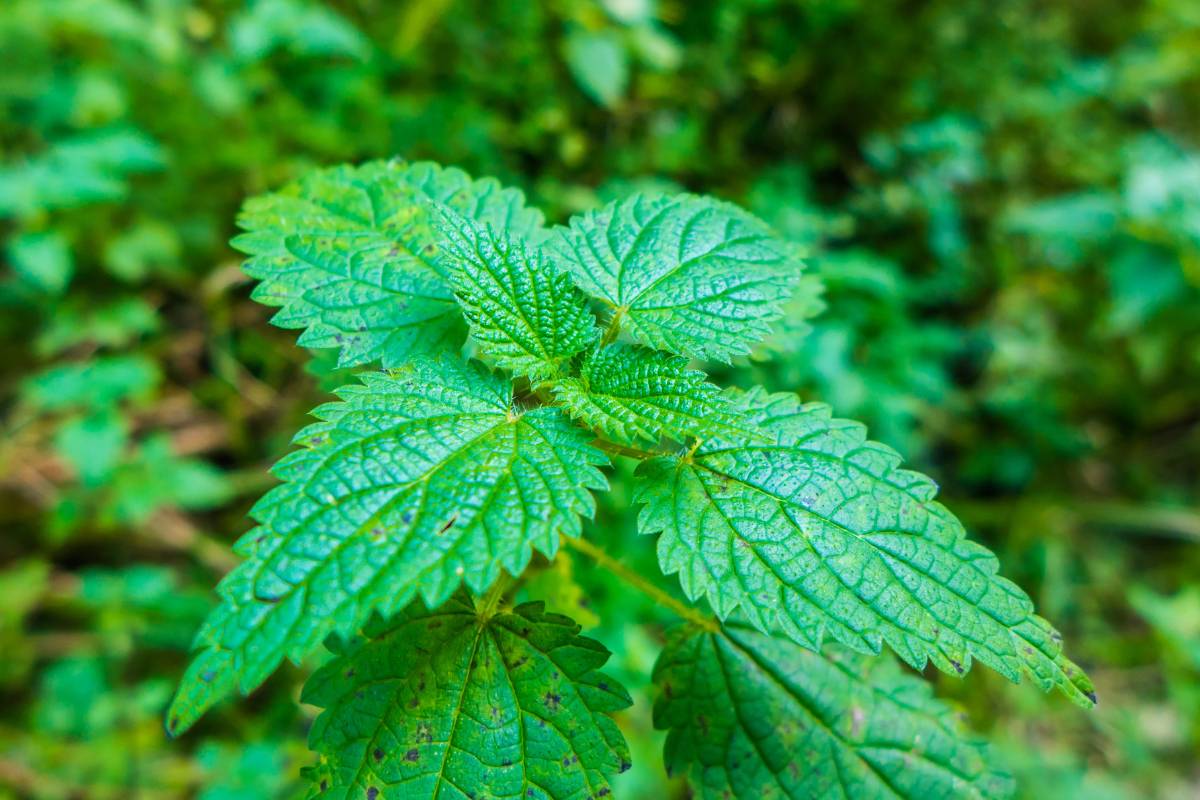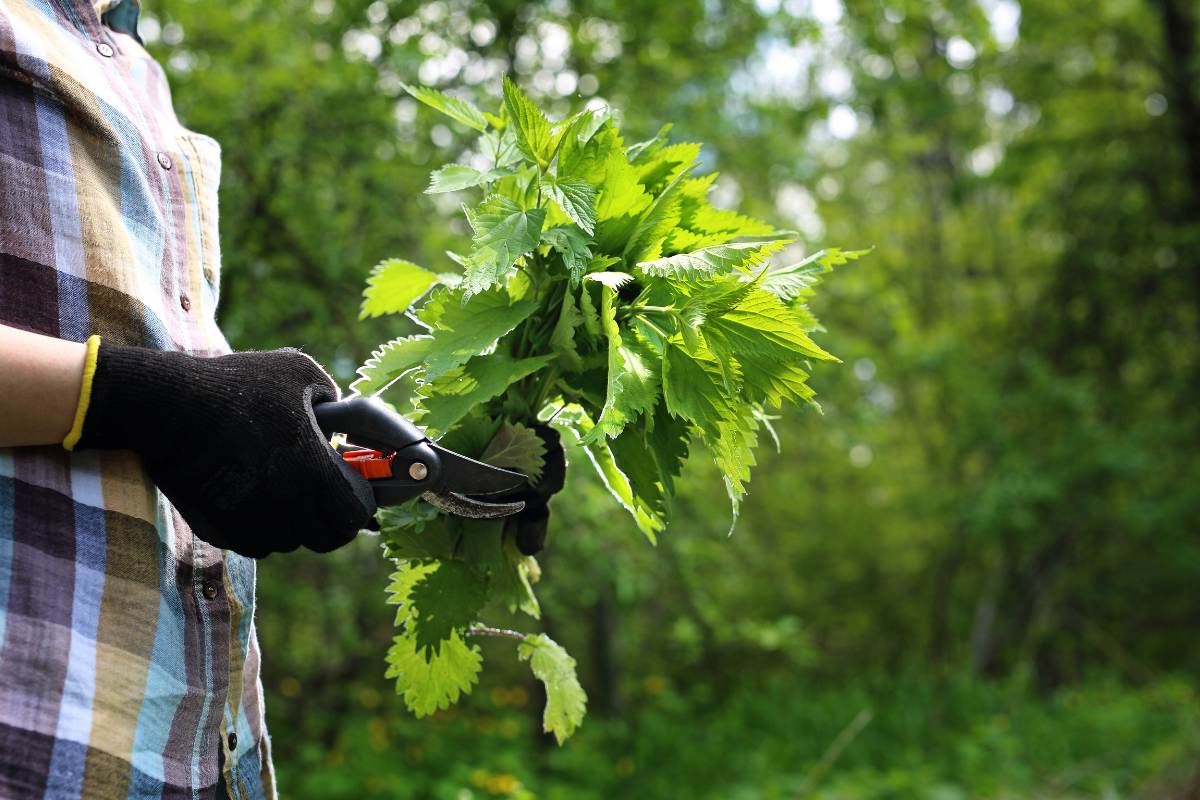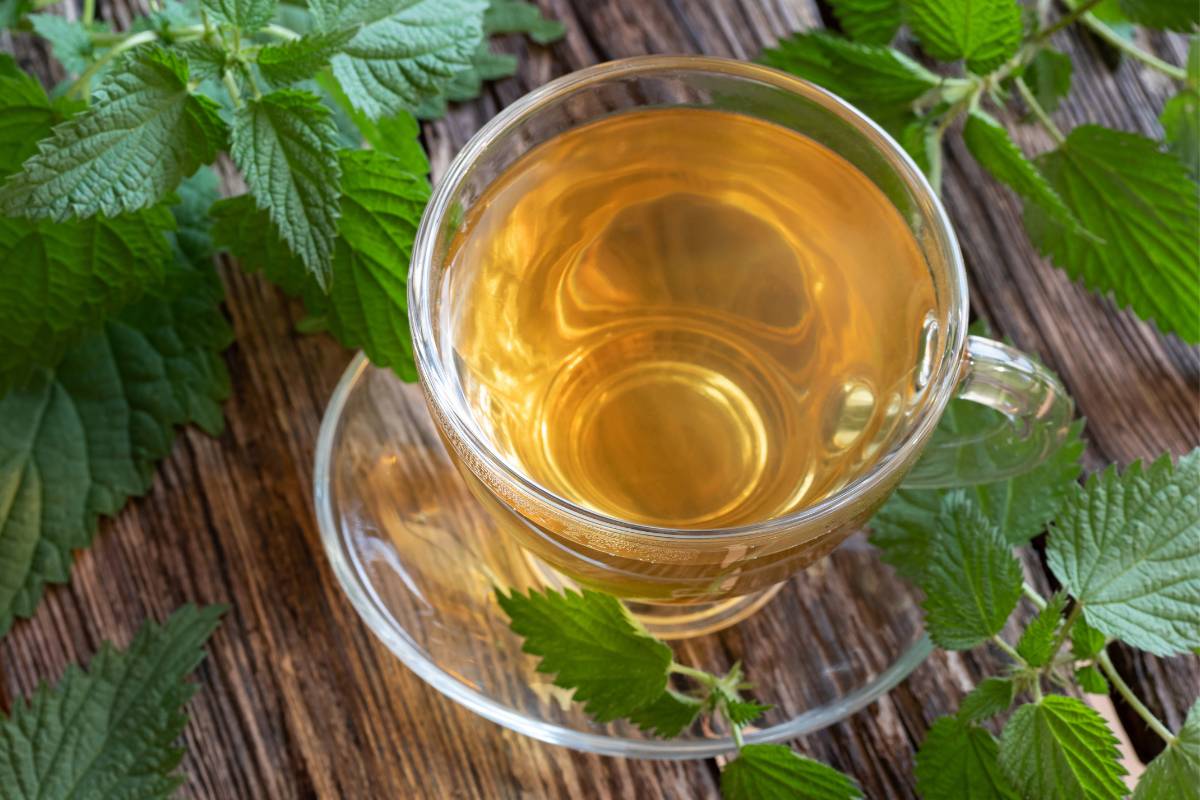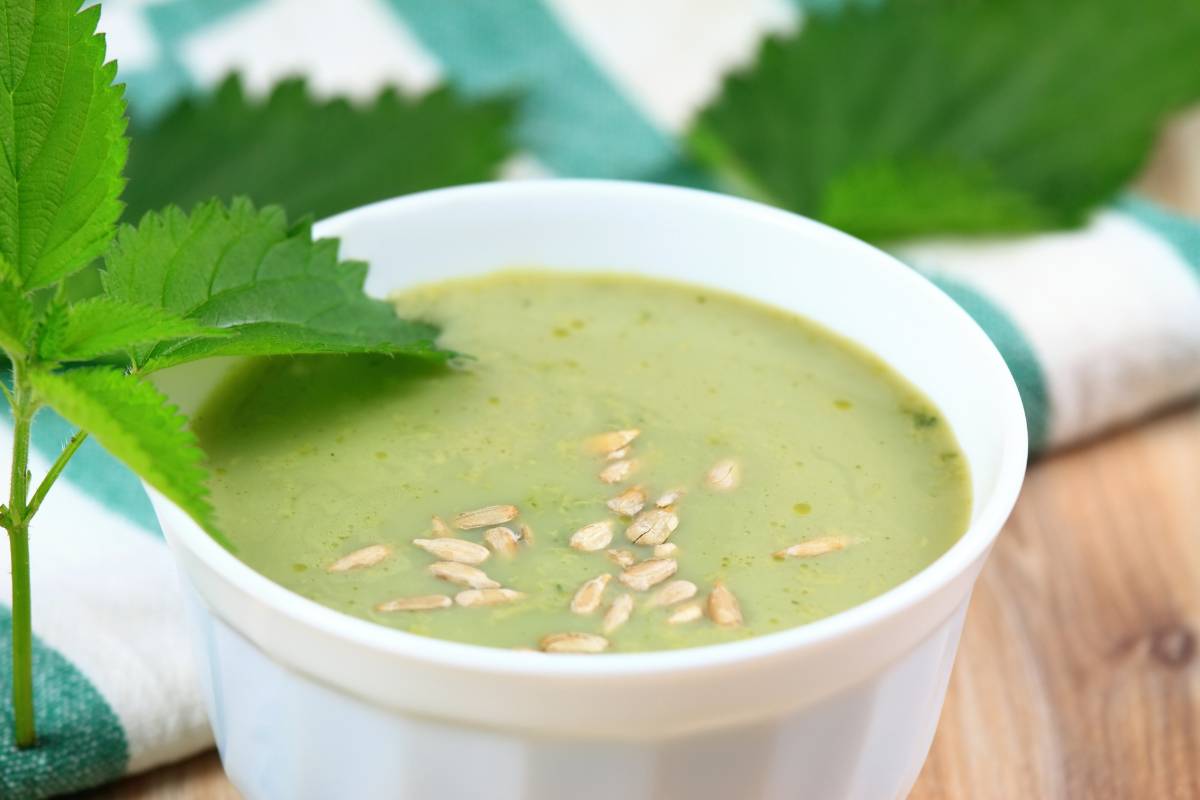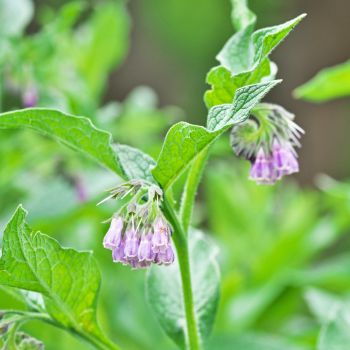When you think of stinging nettles, the first thing that likely comes to mind is their painful sting that can leave you itching for hours. Nettles are often considered weeds, but don't let their prickly reputation fool you. These plants hold incredible value in the realms of nutrition, medicine and the culinary arts.
Whether you stumble upon them in the wild or intentionally cultivate them, stinging nettles offer a wealth of benefits waiting to be harnessed. Let’s shed some light on these underestimated greens, explore their nutritional value and delve into their versatile uses as a medicinal and culinary herb.
What are Stinging Nettles?
Stinging nettle (Urtica dioica) is native to Europe, North America, Asia and Northern Africa. It’s a perennial herb that spreads by both seed and underground rhizomes. Nettle’s upright stems can grow a metre or more in height, and these, as well as its soft, serrated green leaves, are covered with fine hairs or trichomes. These hairs can pierce the skin and release chemicals, including histamine, which cause skin irritation that can last for several hours. While fearsome when brushed against in the garden, the hairs are neutralised by washing and cooking.
Nettles have a long history of use, going as far back as 3000 BCE. Around 50 BCE, records appear of stinging nettles being used to help Julius Caesar’s troops stay awake on the night shift. Nettles were also used as an alternative to flax to make threads, textiles and cords. Today, in addition to medicinal and culinary uses, nettles are useful plants for gardeners to attract pollinators, as a compost accelerant or to make a nutritional compost tea fertiliser.
How to Grow Stinging Nettles
Note: Stinging nettle is not a declared invasive weed in Australia but nettles can be spread quickly, like mint, so grow them in a pot or confined space to avoid them taking over the garden.
Stinging nettle happily grows in moist, rich soil. And when we say grows, we mean fast. It’s preference for nitrogen and phosphorus rich soil explains why it often pops up as a weed in the compost or around animal enclosures. Plants will grow in full or part sun.
Begin your seeding process indoors during late winter so the seedlings are ready to transplant come spring. Before putting down seed, check your soil temperature. It should be about 21°C for the best germination. Indoors or out, the seeds should only receive a thin covering of soil or vermiculite (2mm). Seeds sprout in about a fortnight. Transplant or thin so plants are 20cm to 30cm apart. Put a layer of mulch at the base of your plants to retain moisture.
Leaves and stems can be harvested once they are large enough to handle. Take no more than a third of the plant. Wear rubber gloves and long sleeves and take care!
Before using the nettles, rinse them thoroughly in cold water then blanch them for a minute in boiling water before refreshing them in an ice bath. This process neutralises the stinging hairs and makes the nettles both harmless to eat and easy to handle.
Stinging Nettle as a Medicinal Herb
Depending on the era and culture, stinging nettle was used in the healer’s kit by the Middle Ages. The general consensus was that sore joints and muscles benefited from it. Nettle was also part of compounds for gout and anaemia. Fast forward to the present, and you will find stinging nettle in many forms used to treat urinary tract issues, allergies, insect bites, sprains and more.
A few studies into the use of nettles suggest people find relief by using nettle leaves applied topically over painful areas. It’s also possible that stinging nettles can lower blood pressure, but these findings require much more research before being relied upon for treatment.
Stinging Nettles as a Culinary Herb
Nettle is a mild leafy green that tastes somewhat like cucumber or spinach, with a peppery note. As to how you can use it, let your imagination soar. Recipes using nettle include those for pesto, risotto, sauces, smoothies, soup and even beer. Leaves can also be coated in oil and baked as crunchy chips in a similar way to kale. Fresh or dried nettle leaves can also be steeped in boiling water to make a calming and nutritious tea.
Nutritionally, nettle is a nutrient dense food. It contains potassium, iron, zinc, calcium and magnesium along with impressive amounts of vitamin K. Vitamins A, B and C are also present.
Ginger Nettle Soup
This is a rather humble soup. The mixture of nettle, ginger, garlic and lemon create a bright offering with scents that waft through the home.
Ingredients:
- a knob of salted butter
- 1 white onion, diced
- 1 tblsp fresh grated ginger root
- 1/2 tsp minced garlic
- 1 tsp red chilli flakes
- 500ml water
- 1 small potato
- 200g blanched stinging nettles, strained completely
- 30ml soy sauce
- 350ml coconut milk
Instructions:
- Melt the butter in a medium sized pot.
- Add the onion along with the garlic and ginger.
- Toss in a pinch of salt.
- Chop up your potatoes into bite sized morsels.
- Put them in with the onion mixture.
- Stir in soy sauce and water.
- Bring to a rolling boil, then reduce the heat to medium.
- Cover and simmer for 10 minutes (check the potatoes for fork-tenderness)
- Add the chilli flakes, squeezed lemon and chopped nettles to the soup.
- Finally pour in the coconut milk, stirring well.
- Serve with crusty bread.
Stinging nettle may have a reputation as an irritant, but its potential as a nutritional powerhouse and versatile herb shouldn’t be overlooked. Whether foraged or home grown, the vibrant flavours and nourishing properties of stinging nettles may surprise you!
